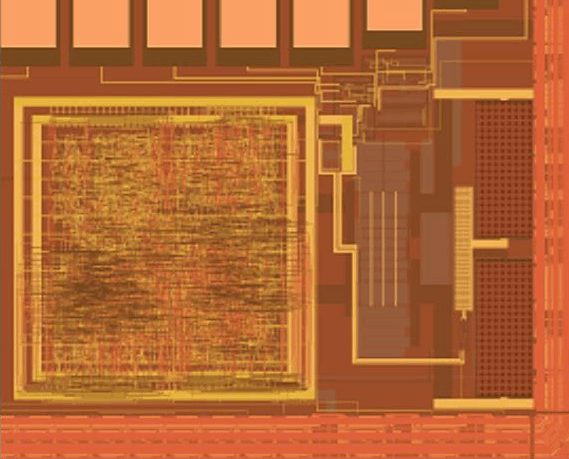Engineers have developed techniques to create passive radio-frequency identification tags that are 25 per cent smaller and less expensive.

The team at North Carolina State University made this breakthrough by removing the step that converts alternating current (AC) to direct current (DC) in order for the tags to function effectively.
In passive RFID technology, a reader transmits a radio signal that is picked up by the RFID tag. The tag converts the AC of the radio signal into DC in order to power internal circuits, which control the signal that is bounced back to the reader.
"By eliminating the hardware that is used to convert the AC signal to DC for powering the circuit, we are able to make the RFID tag much smaller and less expensive," said Paul Franzon, a professor of electrical and computer engineering at NC State and senior author of a paper on the work. The research was conducted with NC State Ph.D. students Wenxu Zhao and Kirti Bhanushali.
According to NC State, Franzon's team was able to redesign RFID circuits to operate directly off of AC power by incorporating additional transistors into the circuits. The circuits share a few transistors that enable them to operate correctly using an AC power source.
Tags made using the new design are called RF-only logic RFID tags, and the prototypes have less range than conventional, passive RFID tags. Franzon and his team have plans to develop new RF-only logic tags that they anticipate will have similar range to conventional tags.
The relevant techniques have been patented through NC State's Office of Technology Transfer.
"We're currently looking for industry partners to help us bring this technology into the marketplace," Franzon said in a statement.
The paper, Design of a Rectifier-Free UHF Gen-2 Compatible RFID Tag using RF-Only Logic, was presented May 5 at the IEEE RFID 2016 conference in Orlando, Florida.




Report highlights significant impact of manufacturing on UK economy
Note to Evil Villain/Dave 2020. Thatcher was PM for _11_ years, from 1979 to 1990 so no one under the age of 34 was even born when she left office....